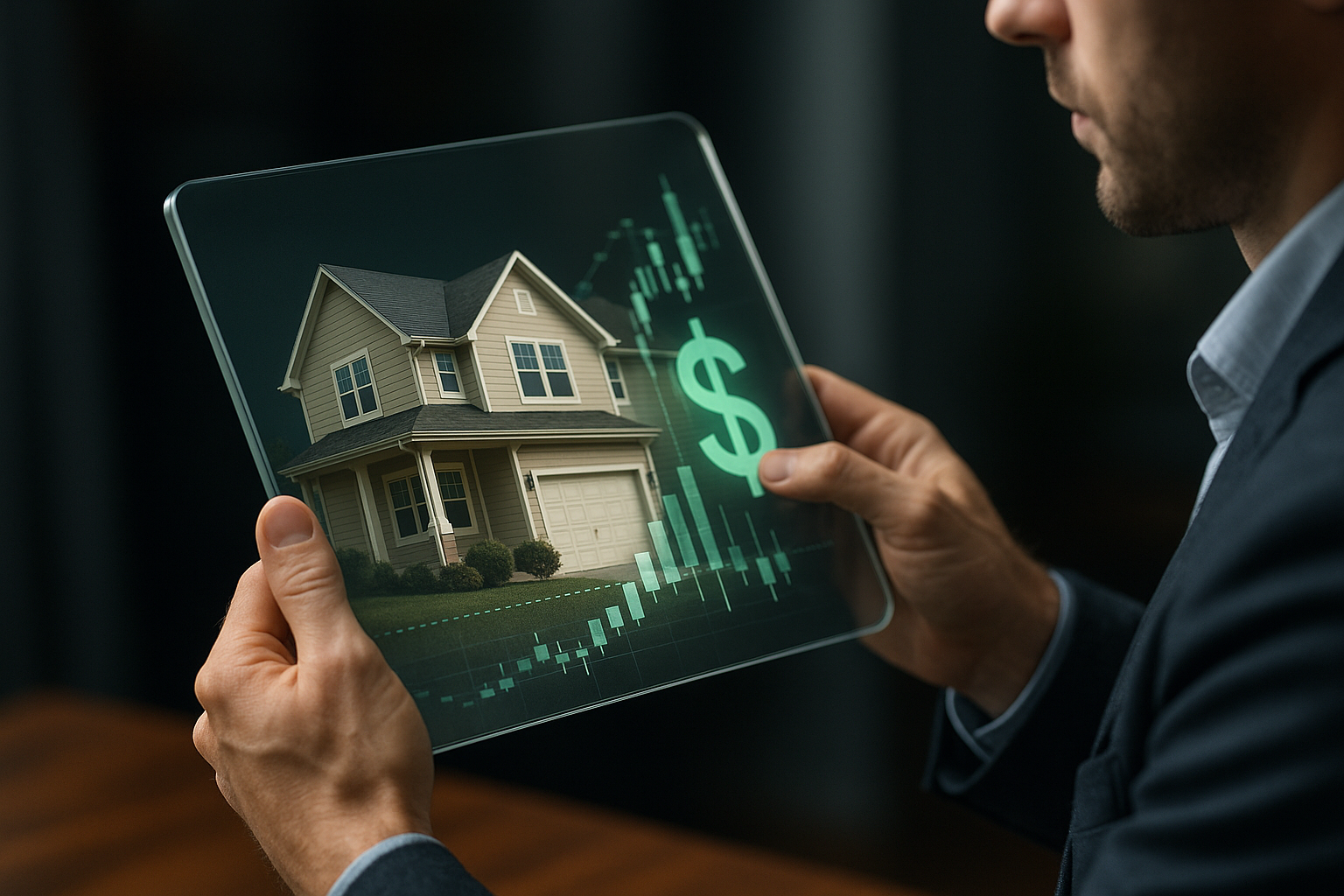Preparing a Property for Sale: Cost-Effective Improvements That Add Value
Simple, targeted upgrades can improve a property’s appeal and help listings attract more buyers. This article outlines practical, budget-conscious improvements, inspection and appraisal considerations, and realistic cost insights to help sellers prioritize work before listing a home.

Preparing a property for sale involves more than a deep clean; thoughtful, cost-effective improvements can influence valuation and buyer interest. Before investing in major renovation, assess inspection findings and local market expectations to choose updates that deliver the best return. Small upgrades that improve curb appeal, address visible maintenance, and streamline the buying process often reduce negotiation friction and can speed up the sale process.
How can renovation affect property valuation?
Renovation decisions should align with comparable listings in the neighborhood. Cosmetic updates—fresh paint, updated hardware, and repaired flooring—are typically the most cost-effective for general housing markets. Larger renovations such as full kitchen or bathroom remodels can increase valuation in higher-priced segments but may not pay off in neighborhoods where surrounding homes have modest finishes. Focus on repairs that remove buyer objections and highlight functional benefits that appear on appraisals and valuation reports.
What inspection and appraisal issues matter for listings?
An inspection report often shapes buyer perception more than staged décor. Fixing safety or structural items—roof leaks, electrical hazards, plumbing issues—reduces contingencies and can prevent price reductions after an inspection. Appraisers consider condition, recent comparable sales, and usable square footage; documenting completed repairs and presenting receipts for maintenance can clarify value drivers. Scheduling pre-listing inspections helps identify low-cost fixes and provides transparency to prospective buyers.
How do neighborhood and zoning influence buyer interest?
Neighborhood context and zoning restrictions affect buyer pools and acceptable improvements. Proximity to schools, transit, and local amenities shapes demand and supports specific price expectations. Zoning can limit expansions or rental use that some buyers seek, so disclose constraints and emphasize permitted features like off-street parking or usable yard space. Understanding local market preferences helps allocate renovation budgets to what buyers in your area value most.
Which updates attract homebuying and mortgage approval?
Lenders assess habitability and safety as part of mortgage underwriting; obvious defects can delay appraisals and approvals. Cost-effective updates that support mortgageability include ensuring working heating/cooling systems, updating water heaters, and addressing visible pest or mold issues. Minor aesthetic improvements like neutral paint, clean flooring, and functional fixtures make listings more attractive in photos and showings, shortening the time on market and supporting comparable sale prices.
Can sustainability and maintenance affect resale and rental investment?
Sustainability upgrades—LED lighting, programmable thermostats, and water-efficient fixtures—appeal to environmentally conscious buyers and can reduce operating costs for future owners or rental tenants. Regular maintenance such as gutter cleaning, insulation checks, and simple landscaping prevents deterioration that could lead to costly repairs or even foreclosure risks for uncertain sellers. Presenting recent maintenance records reassures buyers and supports a smoother transaction.
Real-world cost and pricing insights can guide which improvements to prioritize. Typical benchmarks for common, cost-effective services help set expectations, but local rates vary. Below is a comparison of recognizable providers where applicable, with representative cost ranges for common pre-sale tasks. Remember that exact pricing depends on property size, condition, and your location.
| Product/Service | Provider | Cost Estimation |
|---|---|---|
| Interior room painting (per room) | Angi (local contractors) | $300–$900 per room |
| Minor kitchen refresh (paint cabinets, new hardware) | Thumbtack (independent pros) | $400–$2,500 |
| Landscaping curb appeal (basic clean + plantings) | Local landscaping services / TaskRabbit | $150–$1,200 |
| Home staging or decluttering (partial staging) | HomeAdvisor / Local staging firms | $500–$3,000 |
| HVAC basic service and safety check | Local HVAC companies | $80–$250 per visit |
Prices, rates, or cost estimates mentioned in this article are based on the latest available information but may change over time. Independent research is advised before making financial decisions.
Conclusion A strategic, cost-conscious approach to preparing a property for sale focuses on removing buyer objections, improving curb appeal, and documenting repairs that support appraisal and financing. Use local services to match market expectations, prioritize fixes identified in inspections, and weigh the expected return on larger renovations against neighborhood comparables. Clear records and modest, well-targeted improvements often deliver the most consistent value for sellers.





